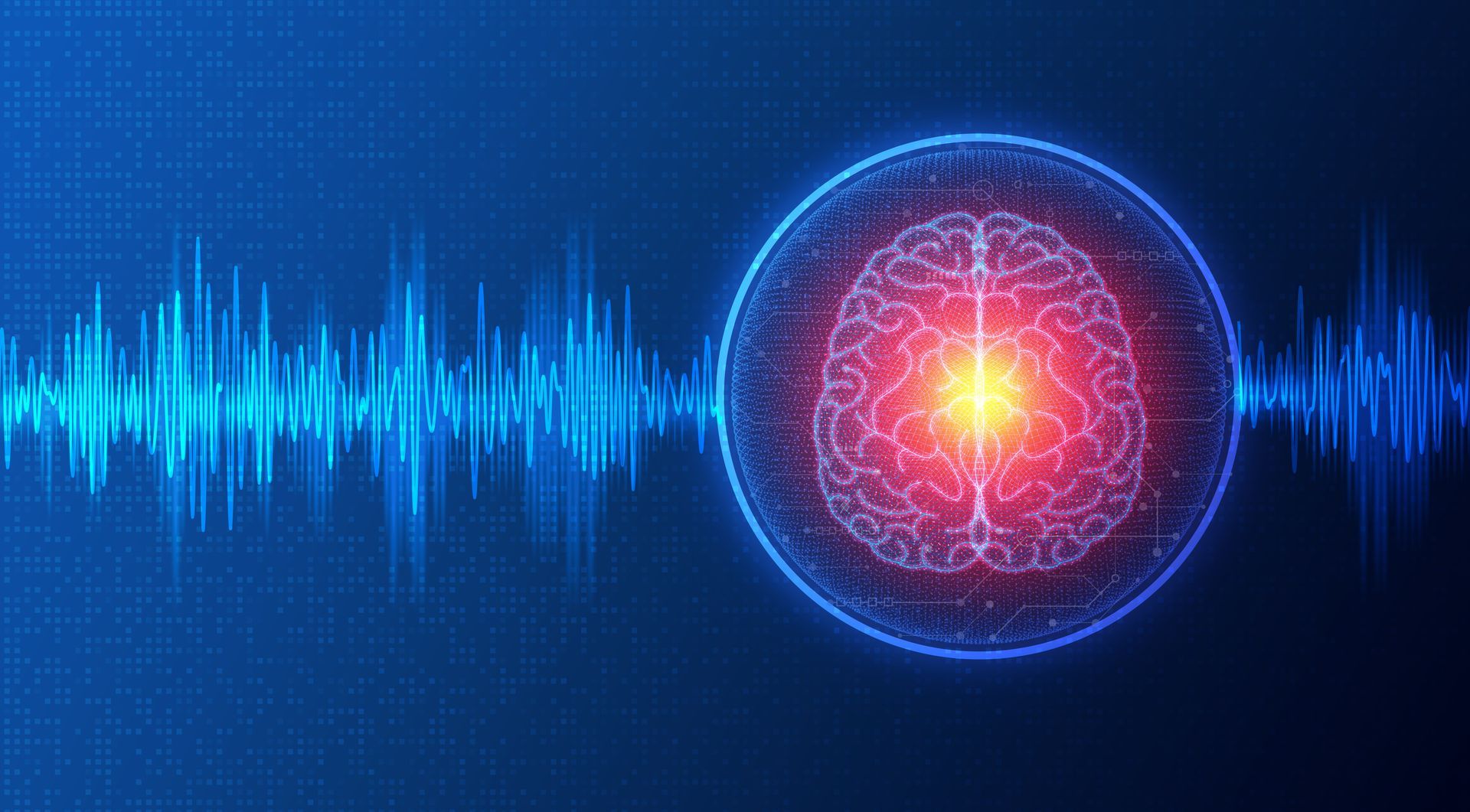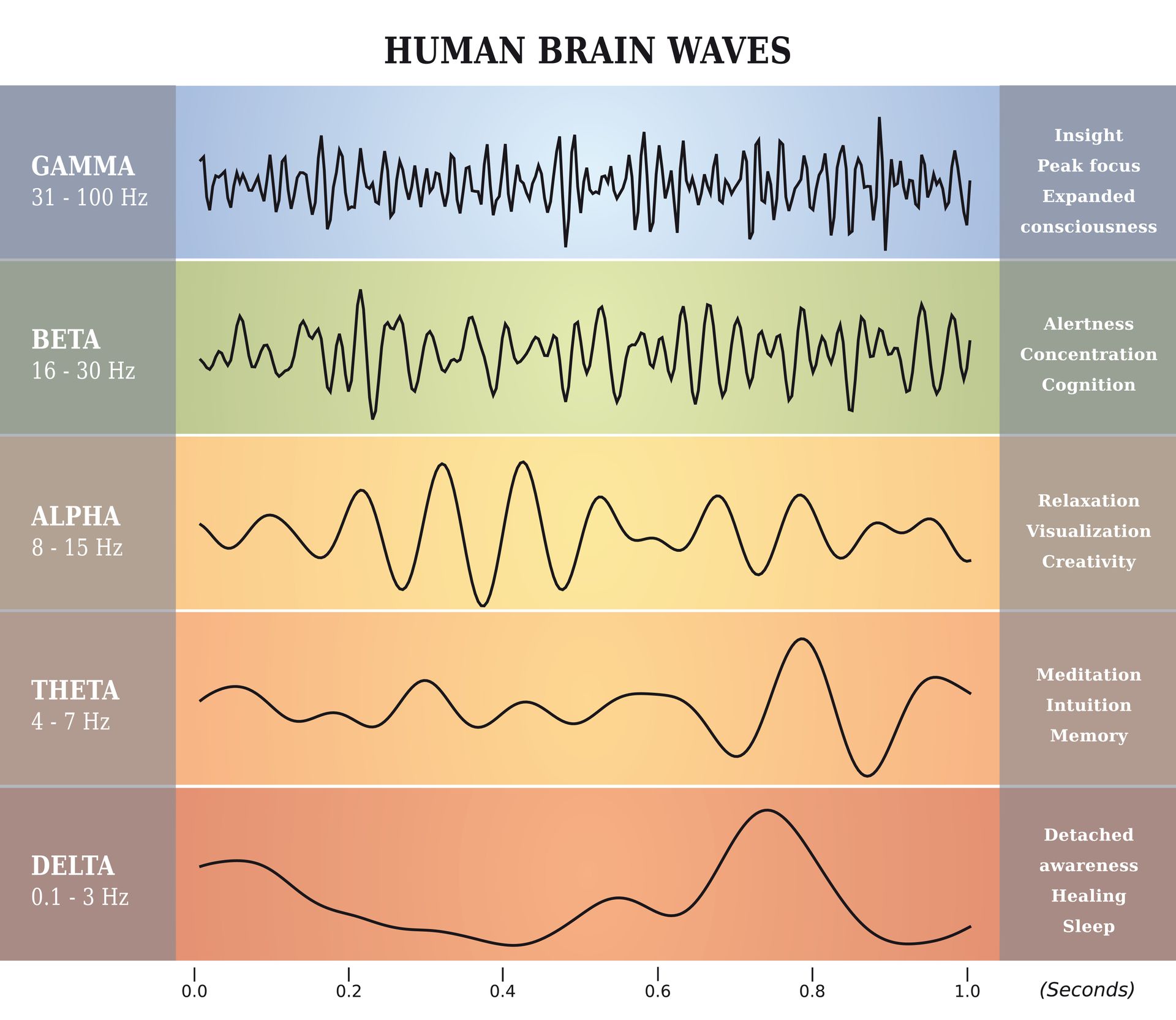
JOIN US! TMS Education Event - Tuesday, April 9th 5:30pm pst - Click to learn more!
Accelerated TMS for Teens and Young Adults
The future relies on the healthy development of teens and young adults, and while the process of growing up has always involved certain challenges, the rapid rise of mental health conditions among adolescents has revealed something concerning.
Mental health issues, particularly depression, are becoming increasingly widespread to the point where it has become an epidemic. What’s more, traditional treatments such as antidepressant medication and psychotherapy have their limitations, and they may not be effective for everyone.
Fortunately, Accelerated TMS has been found to drastically improve symptoms of depression with minimal side effects. As a non-invasive treatment, accelerated transcranial magnetic stimulation represents new hope for teens and parents alike, and it is rapidly becoming the go-to solution in treatment-resistant cases.

Understanding Depression in Teens
Mental health issues are becoming increasingly prevalent among young people. This can be attributed, in part, to a sharp rise in social media activity and technology overload, as well as traditional growing pains that have caused angst among teenagers for generations.
Young people today are facing brand-new challenges during what has always been a difficult time. The result is an alarming rise in reports of depression and anxiety among teens, as the Mental Health Association (MHA) has
found that 11.5% of America’s youth now suffer severe major depression.
While some may point to the mental health epidemic among young people as nothing new, others argue that the problem has worsened significantly in recent decades to the point where it has become a national health crisis.
The statistics would reinforce the second view — since 2009, reports of major depressive disorder among young people have more than doubled, and the American Psychological Association (APA)
reported that adolescent suicide rose by 64.7% between 2000 and 2021.
Academic underperformance, substance abuse, and strained relationships can be seen as three more symptoms of the same underlying problem. Experiencing mental health problems first-hand can be an extreme challenge for teens and parents alike, and it’s becoming increasingly important that reliable solutions are found.
The Limitations of Traditional Treatment Methods
Antidepressant medication and psychotherapy are two tried-and-tested methods for treating depression in people of all age groups; however, a common thread is the inconsistency of the results.
Studies show that antidepressant medication ranges in response rate from 7% to approximately 25%, depending on the type of drug. Whether patients begin by taking a prescription for antidepressants, whether they start psychotherapy, or whether they use a combination of both, the efficacy is far from universal.
The Limitations of Antidepressants
For young people, only two antidepressants have been approved by the FDA (compared to 24 FDA-approved medications for adults):
- Prozac, approved for ages 8 and older
- Lexapro, approved for ages 12 and older
In the case of both
Prozac and
Lexapro, patients have often reported a rise in anxiety and restlessness, in addition to headaches, nausea, and diarrhea. Both drugs are categorized as SSRIs, which have been found to produce remission in 27% of cases.
The Limitations of Psychotherapy
Access to quality psychotherapy can be limited due to the shortage of mental health professionals, long waiting lists and high costs — particularly for those without sufficient insurance coverage.
However, the limitations of psychotherapy go beyond logistics. Some teens and young adults may naturally be reluctant to talk about their problems due to the stigma surrounding mental health issues. And, while psychotherapy can be effective for mild to moderate depression, studies show that it may not be sufficient for treating more severe cases.
The Limitations of Electroconvulsive Therapy (ECT)
Electroconvulsive therapy (ECT) is a medical treatment that induces a brief seizure in the brain to provide relief from severe mental health conditions, most commonly severe depression. The American Psychiatric Association has reported that ECT can drastically improve severe major depression in approximately 80% of cases.
While its efficacy is known, there are certain drawbacks to this treatment method as well. ECT involves administering electrical stimulation to the brain while under general anesthesia, which can be perceived as invasive and intimidating for young patients. ECT can also sometimes lead to short-term memory loss or a sense of confusion, which may be particularly concerning for students and young adults.

Exploring Transcranial Magnetic Stimulation (TMS): A New Wave in Psychotherapy for Treating Depression in Adolescents
Transcranial Magnetic Stimulation (TMS) is a non-invasive brain stimulation technique. After it was first approved by the FDA in 2008, it has emerged as a promising treatment for various neurological and psychiatric conditions, including depression.
TMS works by using magnetic fields to stimulate specific regions of the brain associated with mood regulation and cognitive function.
Studies show that Accelerated TMS has an 80% response rate among patients, and remarkably, a 51% rate of remission after just one treatment.
The efficacy of TMS rises even further through a sustained treatment protocol. After 3 months, the success rate swells to 86.7%. After 6 months, 92.9%.
Patients considering TMS treatment often wonder whether it really works, and whether it can really work for them. While TMS is a non-invasive therapy that has reduced side effects when compared to traditional treatment methods, it’s important to understand exactly how it works to get the full picture.
How does TMS work?
TMS utilizes a device that generates focused magnetic pulses. The magnetic pulses pass through the skull and create small electrical currents in targeted brain regions, activating or inhibiting specific neural pathways.
The therapy allows for precise targeting of brain areas such as the prefrontal cortex, which is known to play a crucial role in mood regulation and emotional processing. By modulating the activity of these brain regions, TMS aims to restore the balance of neurotransmitters and improve neural communication.
As stated, clinical studies have found that 92.9% of patients experience remission after 6 months of treatment. The method has been found to alleviate the symptoms of depression and other mental health conditions to a significant degree.
Unlike electroconvulsive therapy (ECT), TMS is non-invasive, does not require anesthesia, and has a significantly lower risk of side effects. It is typically administered in a series of treatment sessions, with each session lasting 30 to 60 minutes and spread over several weeks.

The Benefits of Accelerated TMS for Teens and Young Adults
Accelerated TMS has a much faster treatment protocol when compared with traditional methods. This can help to reduce stigma among patients for receiving treatment and offset treatment-induced anxieties. The rapid treatment course also brings quicker symptom relief, which can be particularly beneficial for teens during their formative years.
There are also
minimal side effects when compared to traditional treatments. Not only does this further improve treatment compliance for Accelerated TMS among adolescent patients, but it also makes it a safer alternative to other treatment methods such as antidepressant medication.
Additionally, Accelerated TMS avoids any of the cognitive side effects that are associated with electroconvulsive therapy (ECT). While ECT can sometimes lead to short-term memory loss or confusion, Accelerated TMS has been found to preserve academic and cognitive functioning.
On balance, Accelerated TMS provides a drastically improved rate of efficacy compared to the alternatives, and clinical studies have also found it to be safer for teens and young adults. As a non-invasive therapy with a fast treatment protocol, it’s becoming a valuable option for teens with treatment-resistant depression.
Does TMS really work?
Several high-profile institutions have investigated the efficacy of Accelerated TMS. Stanford University is one of the leaders in TMS research and development, and they published a study in 2019 that involved 21 adolescents between 13 and 21 years old.
The study evaluated the safety of accelerated intermittent theta-burst stimulation in treatment-resistant patients. Stanford found that accelerated iTBS, a form of Accelerated TMS, was well-tolerated and led to significant improvements in depressive symptoms.
Since conducting its pilot study, Stanford has developed SAINT-TMS (Stanford Accelerated Intelligent Neuromodulation Therapy) which was approved in late 2022 and made available for patients in 2023.
Other notable studies have been conducted by the
American Journal of Psychiatry, which involved 30 adolescents between 12 and 21 years of age; the
University of Minnesota study, which included 47 participants between 12 and 21 years of age; and a
Havard Medical School study, which involved 32 adolescents between 13 and 19 years of age.
In all cases, Accelerated TMS was proven to have a significantly higher rate of remission when compared to traditional treatments for depression.

A Final Word
Extensive research has been conducted into the efficacy of Accelerated TMS as a treatment for depression among teens and young adults, and great strides have been achieved since traditional TMS was approved by the FDA in 2008. Stanford University developed a brand-new variation of the core technology in recent years, which has also been approved by the FDA as recently as 2022.
Kind Health TMS utilizes Accelerated TMS technology to treat patients with a variety of mental health conditions. While Accelerated TMS has been found to drastically improve symptoms of depression with as little as one regime, patients who are considering treatment should always consult with their physician.
If you’re looking to consult with a medical professional, feel free to
reach out to Kind Health TMS. We’re more than happy to discuss any concerns that you may have and explore which TMS therapy could be best suited for your needs.

Meet the Author
Dr. Georgine Nanos, MD, MPH
Founder of Kind Health Group

